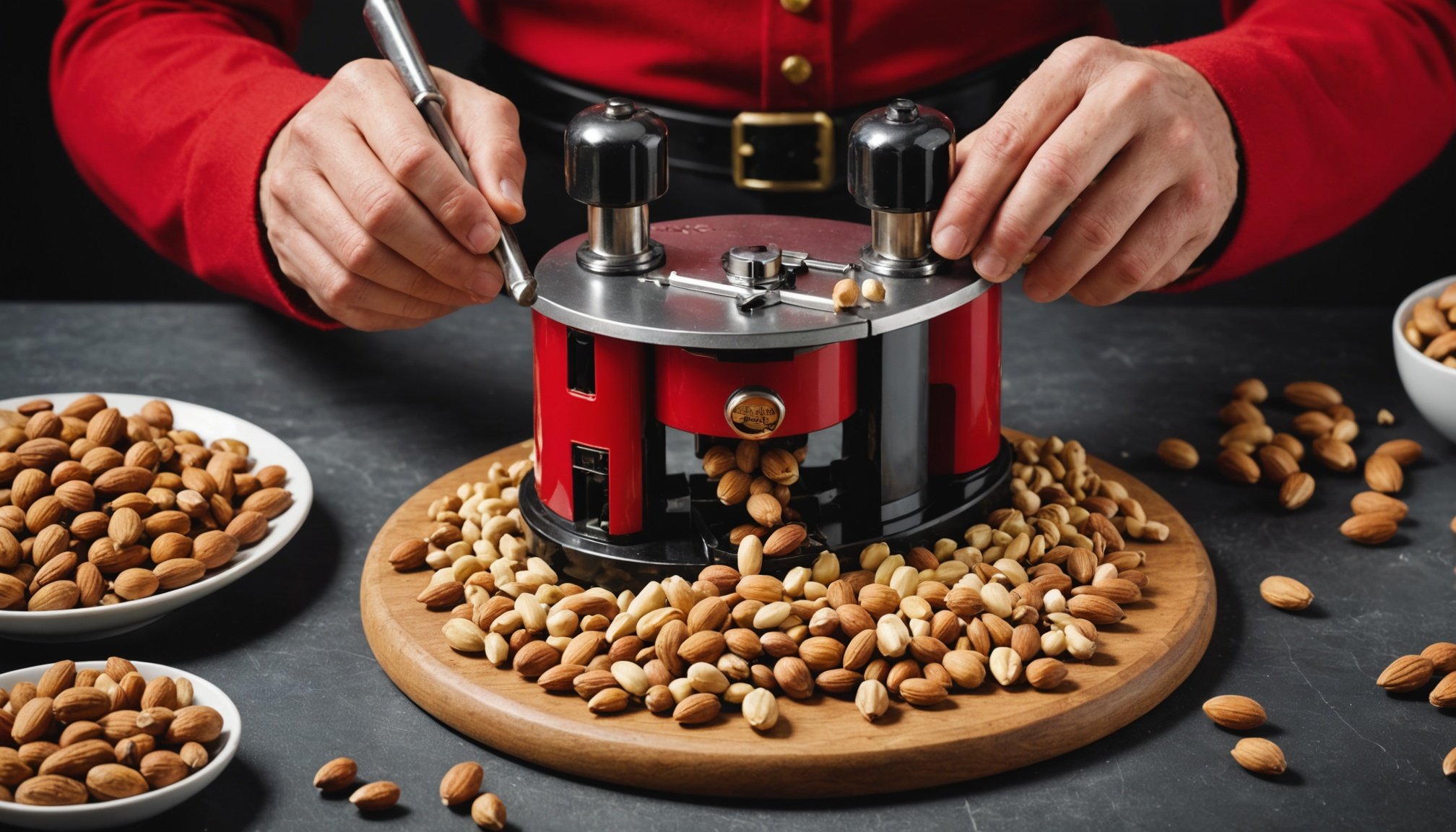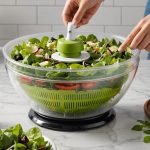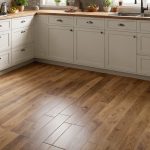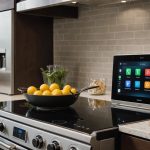Choosing the right nutcracker can make all the difference in your culinary experience. With the variety of nuts available, from almonds to walnuts, the design and material of your nutcracker play significant roles in efficiency and ease of use. This guide explores essential features that simplify the cracking process, ensuring you can enjoy both small and large nuts without the frustration of traditional methods. Discover the innovations that can transform your snacking and baking, elevating your kitchen toolkit.
Key Features to Consider in a Nutcracker
Choosing the right nutcracker can greatly enhance your nut-cracking experience. Understanding nutcracker features is crucial for making an informed decision.
Have you seen this : Discover the Perfect Humidity Levels for Your Wine Fridge: Essential Tips for Preserving Every Wine Type
Grip Design
Grip design is a key feature that impacts usability. A well-designed grip ensures comfort and reduces hand strain. Look for ergonomic designs that fit comfortably in your hand, allowing for a firm hold without slipping. This feature is especially important for those who frequently use nutcrackers.
Lever Strength
The lever strength of a nutcracker determines its cracking efficiency. A strong lever requires less force to crack nuts, making the process easier and faster. Consider nutcrackers with sturdy levers that provide excellent mechanical advantage. This feature is essential for cracking tougher nuts like walnuts and pecans.
In the same genre : Savor the sweetness: tinned cream dessert delights
Material Quality
Material quality and durability are vital attributes. Nutcrackers made from high-quality materials such as stainless steel or heavy-duty plastic tend to last longer and perform better. Ensure that the materials are resistant to rust and wear, guaranteeing longevity.
- Grip Design: Ergonomic, comfortable
- Lever Strength: Efficient, strong
- Material Quality: Durable, rust-resistant
Selecting a nutcracker with these features will ensure a seamless and satisfying nut-cracking experience.
Size Versatility for Different Nut Types
Understanding the importance of size versatility in nutcrackers can enhance your nut-cracking experience.
Nutcracker Size Comparison
When selecting a nutcracker, nut size compatibility is crucial. A versatile nutcracker should efficiently handle both small nuts and large nuts. For instance, a nutcracker designed for almonds may struggle with larger walnuts. Conversely, a tool built for walnuts might crush delicate hazelnuts. Therefore, choosing a nutcracker with adjustable settings or multiple jaw sizes can be beneficial.
Recommendations
For those who enjoy a variety of nuts, consider nutcrackers with adjustable mechanisms. These models can adapt to different nut sizes, providing precision and ease. Some popular options include:
- Multi-jaw nutcracker: Offers different slots for small and large nuts
- Adjustable lever nutcracker: Allows customization of lever strength for various nut sizes
- Spring-loaded nutcracker: Provides consistent pressure, ideal for mixed nut sizes
Selection Tips
When selecting a nutcracker based on the types of nuts frequently used, consider the following tips:
- Assess the range of nuts you typically crack
- Opt for models with adjustable features for versatility
- Check product reviews for insights on nut size compatibility
Choosing the right nutcracker enhances efficiency and satisfaction in your nut-cracking endeavors.
Ergonomics and Comfort in Nutcracker Design
Understanding the role of ergonomics in enhancing user comfort can transform the nut-cracking experience.
Importance of Ergonomic Design
A nutcracker with an ergonomic design is essential for ease of use, especially during prolonged sessions. The shape and structure of the handle significantly impact user comfort. Ergonomically designed nutcrackers reduce hand strain and fatigue, making the cracking process more enjoyable and efficient. This is crucial for individuals who frequently crack nuts or have weaker hand strength.
Handle Designs and Their Impact
Different handle designs cater to varied user needs. Curved handles provide a natural grip, distributing pressure evenly across the hand. Textured grips prevent slipping, enhancing control. Some designs incorporate soft, cushioned materials to increase comfort. Evaluating these features can help you choose a nutcracker that aligns with your preferences.
User Experiences
Users often highlight the comfort of ergonomic nutcracker designs. Many report reduced hand fatigue and increased efficiency. Here's what users typically look for:
- Curved handles: Fit naturally in hand
- Textured grips: Prevent slipping
- Cushioned materials: Enhance comfort
Selecting a nutcracker with these ergonomic features ensures a comfortable and satisfying experience, encouraging frequent use without discomfort.
Material Quality and Construction of Nutcrackers
Understanding the impact of material quality on nutcracker performance is essential for making an informed choice.
Common Materials Used
Nutcrackers are crafted from a variety of materials, each offering distinct benefits. Commonly used materials include stainless steel, aluminum, and heavy-duty plastic. Stainless steel is renowned for its durability and resistance to rust, making it a popular choice for long-lasting performance. Aluminum provides a lightweight yet sturdy option, while plastic models are generally more affordable and easy to handle.
Impact on Performance and Longevity
The quality of materials significantly influences a nutcracker's performance and lifespan. High-quality stainless steel ensures consistent cracking power and minimal wear over time. Aluminum, while less durable than steel, offers a good balance of strength and weight, ideal for everyday use. Plastic nutcrackers, though less robust, are suitable for occasional use and lighter nuts.
User Reviews on Material Effectiveness
User reviews often highlight the effectiveness of various material types in nutcracker construction. Many users appreciate the longevity and reliability of stainless steel models. Aluminum nutcrackers receive praise for their lightweight design and ease of use. Plastic options are favored for their affordability and convenience.
- Stainless Steel: Durable, rust-resistant
- Aluminum: Lightweight, sturdy
- Plastic: Affordable, easy to handle
Comparisons of Popular Nutcracker Models
Analyzing top-rated nutcracker models can assist in making an informed purchase decision.
Side-by-Side Comparison
When evaluating nutcracker reviews, it's essential to consider the features that stand out in each model. Here's a concise table highlighting key aspects:
| Model | Material | Lever Strength | User Rating |
|---|---|---|---|
| Model A | Stainless Steel | High | 4.5/5 |
| Model B | Aluminum | Medium | 4.2/5 |
| Model C | Plastic | Low | 3.8/5 |
User Ratings and Feedback
User ratings often reveal the practical strengths and weaknesses of each model. Model A, with its stainless steel construction, is praised for durability and high lever strength, making it ideal for tougher nuts. Model B, made of aluminum, strikes a balance between weight and strength, appealing to those seeking ease of use. Model C, while affordable, is best for lighter nuts due to its lower lever strength.
Model Recommendations
Based on model comparisons, we recommend Model A for users who frequently crack hard nuts. Model B is suitable for everyday use with moderate demands. Model C is a budget-friendly choice for occasional use. Analyzing these nutcracker reviews helps align your purchase with your specific needs.
Tips for Proper Use of Nutcrackers
Effective nut cracking involves understanding the best practices and avoiding common pitfalls.
Best Practices for Maximizing Efficiency
Using a nutcracker efficiently can save time and effort. Position the nut squarely within the jaws to ensure even pressure. This technique reduces the risk of shattering the shell unevenly. Apply steady, firm pressure rather than quick, forceful movements to maintain control and maximize efficiency.
Common Mistakes to Avoid
Avoid placing nuts off-center, as this can lead to uneven cracking and potential hand strain. Using excessive force is another common mistake that can damage both the nut and the nutcracker. Ensure the tool is clean and free of debris to prevent slippage and improve grip.
Tips for Maintaining Your Nutcracker
Proper maintenance extends the lifespan of your nutcracker. Clean it regularly to remove shell fragments and oils that can accumulate over time. Lubricate any moving parts with food-safe oil to ensure smooth operation. Store in a dry place to prevent rust, especially for metal models.
- Position nuts evenly: Ensures consistent cracking
- Apply steady pressure: Avoids shell shattering
- Regular cleaning: Prevents build-up and maintains performance
By following these nutcracker usage tips, you can enhance your nut-cracking experience and prolong the life of your tool.
User Reviews and Experiences
Exploring customer experiences provides valuable insights into nutcracker feedback.
Summary of User Feedback
Customer experiences often highlight the practical benefits and drawbacks of various nutcracker models. Users frequently mention the importance of ergonomic design and material quality in their feedback. Many appreciate models with strong lever strength, noting how they simplify the nut-cracking process.
Insights from Users
Satisfaction levels vary, with some users expressing delight over durable, stainless steel models. Others emphasize the convenience of lightweight aluminum designs. Common feedback suggests that nutcracker features like adjustable settings enhance user experience, catering to different nut sizes.
Common Themes in Reviews
Key themes in nutcracker feedback include the importance of comfort and efficiency. Users often report that models with ergonomic grips reduce hand strain. Another frequent mention is the durability of materials, which influences long-term satisfaction.
- Ergonomic design: Reduces fatigue
- Lever strength: Increases efficiency
- Material quality: Enhances durability
In summary, customer experiences reveal that a well-designed nutcracker with robust features significantly enhances the user experience. These insights help potential buyers make informed decisions, aligning their purchase with personal preferences and needs.
Recommendations for Buyers
Your guide to making informed nutcracker purchase decisions.
Key Factors to Consider
When diving into a nutcracker buying guide, it's essential to evaluate certain factors. Consider the nut-cracking needs you have, such as the types of nuts you frequently enjoy. Assess the budget for your purchase, balancing between cost and the quality features you desire. The nutcracker's durability and ease of use are also vital, ensuring it meets your long-term requirements.
Recommendations Based on Budget
For those on a tight budget, consider nutcrackers made from plastic or aluminum. These options offer affordability without sacrificing basic functionality. If your nut-cracking needs are more demanding, investing in a robust stainless steel model may be worthwhile. Here's a breakdown:
- Budget Option: Plastic nutcracker, suitable for light use
- Mid-Range: Aluminum, combines strength with affordability
- Premium: Stainless steel, ideal for frequent and tough nut-cracking
Final Thoughts
Making an informed purchasing decision involves aligning your nutcracker buying guide insights with personal preferences. As the saying goes, "Choose a tool that fits your hand, and you'll crack the world open." Prioritize features that enhance comfort and efficiency, ensuring a satisfying nut-cracking experience tailored to your needs.













